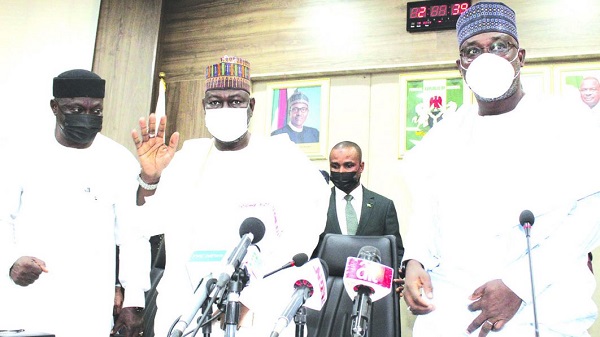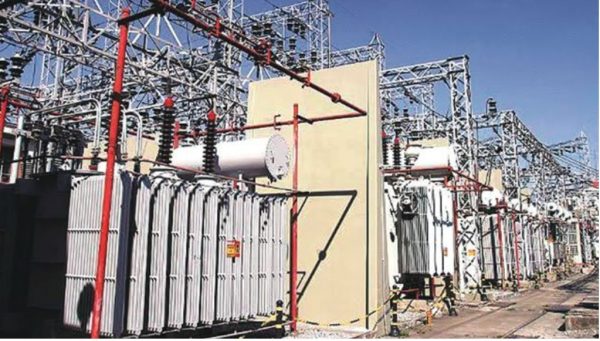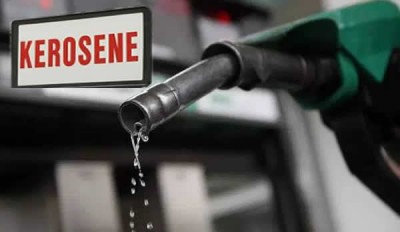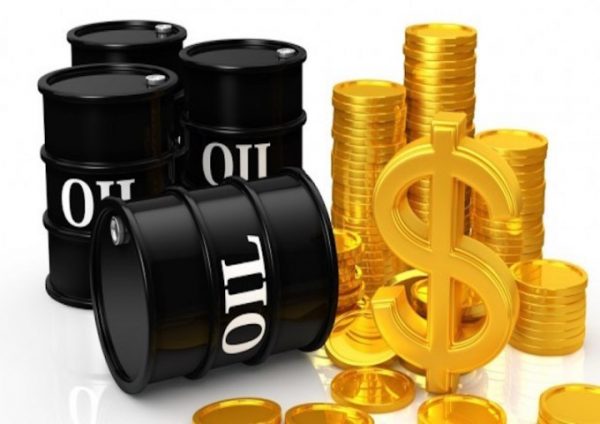Nigeria’s April production below budget benchmark

Notwithstanding its increased production output of 1.95 million barrels daily (mbd) for April, according to the latest S&P Global Platts survey, Nigeria’s output remains below the 2019 budget benchmark of 2.3mbpd at $60 per barrel.
Although OPEC and 10 non-OPEC partners had in December, agreed on a new supply accord, which runs from January-June, which exempts Iran, Libya, and Venezuela, Nigeria’s output has been on the rise since the beginning of the year.
Nigeria’s quota under the deal is 1.69mbd, though it disputes the inclusions by Platts and other market watchers of some grades that it considers to be condensate.
Nigeria boosted its April production to a 14-month high of 1.95mbd despite delays to loadings of key export grade, Qua Iboe, according to traders, and disruptions to a major Bonny Light pipeline, the survey found.
After four months of decline, tightening the oil market considerably, OPEC’s collective crude oil production in April held relatively steady from March, rising just 30,000 b/d to 30.26mbd, an S&P Global Platts survey has shown.
However, individual output levels among the 14 OPEC members varied month-on-month, with Iran’s sanctions-induced slump, and Angola’s drop offset by significant rises in Nigeria and Iraq, and recoveries in crisis-torn Libya and Venezuela, the survey found.
Among the 11 OPEC members with output quotas, compliance in April was 116 per cent, according to Platts calculations, largely due to Saudi discipline, this giving the coalition some cushion to increase production and still remain within the parameters of the deal.
Saudi Arabia, the organisation’s largest producer by far, held its April output at 9.82mbd, the lowest in over four years, and well below its quota under an OPEC/non-OPEC accord, according to the survey, as it continues to demonstrate considerable restraint in hopes of bolstering oil prices.
But with the U.S. this month, tightening its sanctions on crude exports from Iran by allowing waivers to eight countries to expire, all eyes will be on Saudi Arabia and how it manages its production going forward.
The kingdom, which says it has a total production capacity of 12.5 million b/d, faces immense pressure from the U.S. to keep the oil market well-supplied in the event of a squeeze due to sanctions, but must weigh its own internal budgetary aims, as well as OPEC unity.
Geopolitical rival Iran, whose production has fallen to below U.S. sanctions between January 2012 and January 2016, and denounced in advance any move by other members to claim its market share.
Iran pumped 2.57mbd in April, a 120,000 b/d drop from March, and the lowest since December 1988, the Platts survey found, as many buyers began to shy away in anticipation of the U.S. decision on the sanctions waivers.
Many analysts expect an even heftier fall in Iranian crude production going forward, as the U.S. cracks down on sanctions enforcement.
Saudi Arabia is set to host a meeting of the nine-country OPEC/non-OPEC market monitoring committee that it co-chairs with Russia on May 19, in Jeddah, where comments from oil ministers are sure to be monitored closely.
Libya, which does not have a quota, produced 1.10mbd in April, the highest since June 2013, as it benefited from the ramp-up of its Sharara field, which is prone to security according to the survey.
Meanwhile, Venezuela, which is also exempt from the deal, saw some recovery from power outages that had crippled the country in March to pump 780,000 b/d, though many oil facilities are still impaired and production remains well below its peak.
In Angola, declines at mature fields brought production down to 1.41mbd in April — the lowest level since it joined OPEC in 2007 — even with the new Kaombo field coming online.







